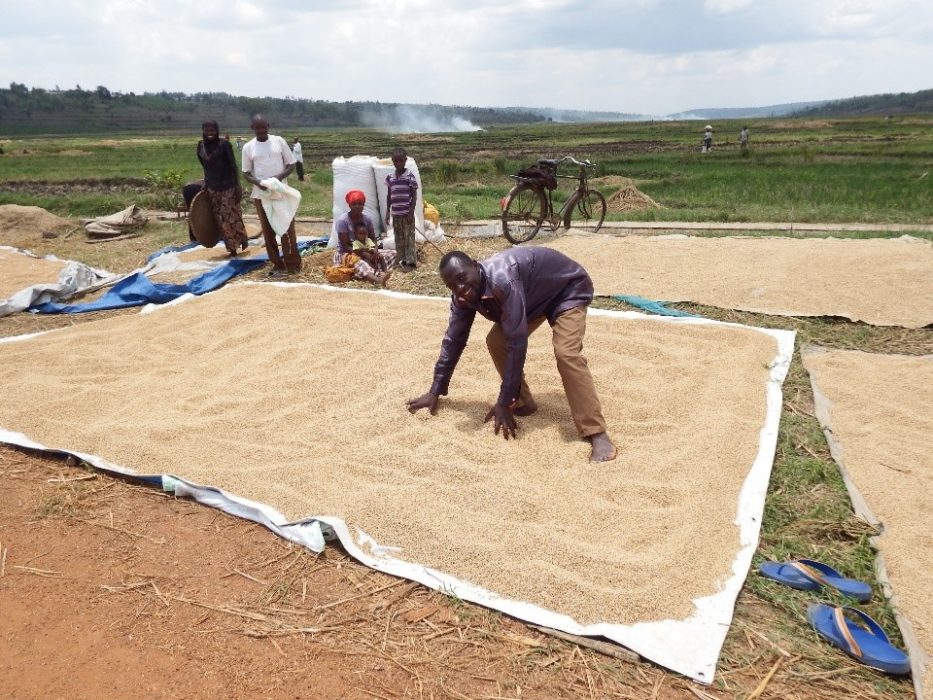
Finding common interests and promoting collaboration to resolve conflicts in water use
Centred on a reservoir and irrigation scheme for livestock keepers and crop producers, the core objective of CDAIS Rwangingo catchment was to promote fair, effective and efficient use of water, as well asconflict management through collaboration among users. It stimulated a partnership framework among water users, service providers (including extensionists, input suppliers and water users organisations ) and supporters (Agri projects, enablers). In less than two years, the multi-stakeholder partnership is gradually implementing effective resource management, eradicating conflicts and improving animal and crop productivity.
“CDAIS came just at the right time”, explains Damien Maniriho, manager of the local Rural Service Support Programme. “We had just finished rehabilitation of the Rwangingo marshlands with installation of a dam and its water distribution channels, but the rice farmers, maize producers, vegetable growers and livestock keepers kept unfairly competing for the distribution and use of water in the catchment, which raised conflicts that we tried and could not resolve by ourselves. And the preliminary CDAIS needs assessment in 2016 revealed that the lack of effective collaboration was the key bottleneck limiting the adequate exploitation and fair use of the water reservoir.
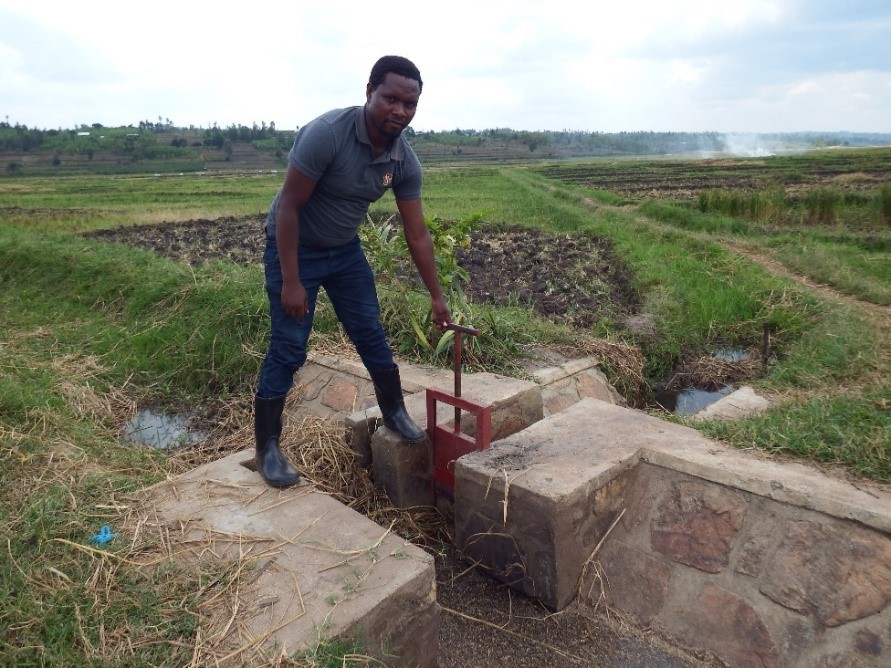
“Without CDAIS the farmers would be struggling day and night. We have seen great achievements.” Damien Maniriho, manager of the Rural Service Support Programme in Rwangingo
Rwangingo catchment
Farmers and livestock keepers in parts of Rwanda’s Eastern Province suffer from periodic and unpredictable times when rain does not fall, and a significant annual dry season in July and August. In response, the Government of Rwanda was financially supported by the World Bank to construct a US$10 million dam retaining a 95-hectares water reservoir with a capacity of 3.3 million cubic metres and irrigation channels to distribute water to over 875 hectares of farmland. It was completed in 2015, but there was no plan on how to organize water users to sustainably exploit this infrastructure, until CDAIS came in to fill the gap.

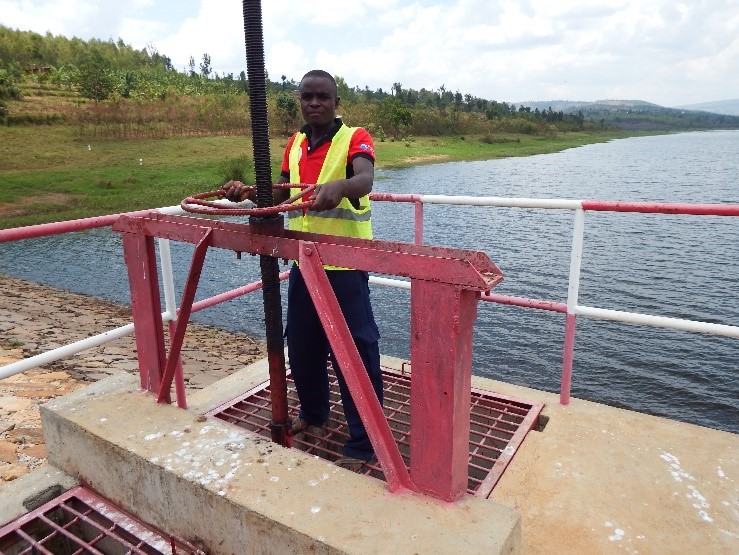
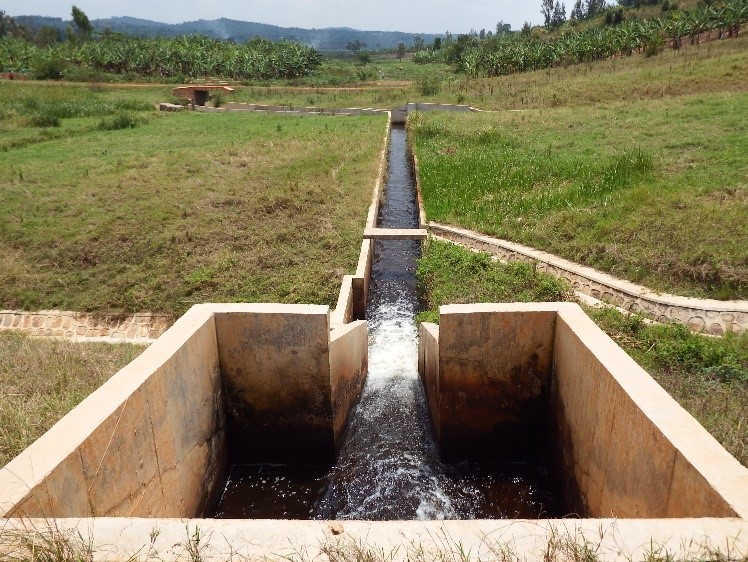

Resolving conflicts
“A water users association was set up, but only for rice farmers in Gatsibo district” explained Damien Maniriho, “and there were always complaints from cattle keepers in Nyagatare district that they didn’t have enough water for their animals. “So, the first step was to establish a broader committee including all water users in the catchment.” Godfrey Mpambara, president of the Terimbere Mworozi livestock producers’ cooperative confirms. “Before, we had problems accessing water as all the farms are above us and would take all the water. But CDAIS helped us to talk with the farmers and this helped us all understand the needs of the others. Now there are much fewer conflicts. And with enough water our milk yields have increased, we can grow fodder crops, and as our cattle don’t have to walk far they put on more weight and look better.”
“From these meetings and trainings, I have learnt much – new knowledge, but also that we can solve problems if we talk and listen to each other.” Godfrey Mpambara, president of the Terimbere Mworozi livestock producers’ cooperative
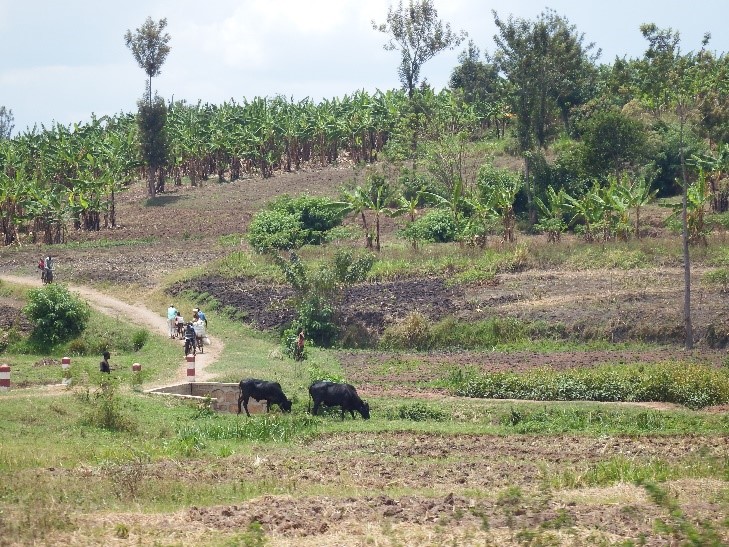

“We now have 1448 members, individual farmers” said vice-president of the water users’ association Yussuf Nkurizabo. “And CDAIS has improved the collaboration amongst us, giving members a better feeling of ownership. The partnership has helped us as now we have a plan, and regulations. Before, there were also issues with the infrastructure, but our organization coordinates the maintenance, with a team of operators in the field, everyone working together and with funds from user fees we can quickly make repairs.”
“With the training on conflict management we have learnt to resolve our problems collectively, and we now meet on a regular basis to solve issues as a team.” Hamduni Munyanziza, president of Rwangingo rice producers’ cooperative
Another conflict that was resolved by talking together was explained by maize farmer Maxime Shema. “Cattle breeders downstream complained that chemicals from our fields contaminated the water, affecting their animals. So, we built retention systems to lower levels of residual pesticides.” Maize and vegetable producers also agreed not to spray near water channels, and she added that “Training on conflict management made us aware of the need to accept the fair sharing of water with other users.”
“We see the changes”
A diverse group of stakeholders met on 6 September 2018 to reflect upon what had been learned, facilitated by members of the national CDAIS team. Project manager Gilbert Kayitare introduced why they were there by asking “What have you learnt from working together and from new capacities you have developed, and what changes have you seen in how you think and do things?” And the statements and rich discussions that followed brought out many examples.
Government extensionist Josiane Manirakiza said “Now we discuss the issues and try to find solutions together. Before CDAIS coaching, different groups of farmers looked out only for themselves but today we sit together.” Farmers too all saw changes. Hamoudoun Mzee, president of Couga rice growers’ association noted that “With new advocacy skills we lobbied the local government to link us to Duterimbere Bank and they have now agreed to give loans to our members. And we have improved our negotiation skills and the rice factory now issues us a contract that guarantees a price for our crop before harvesting.” Hamduni Munyanziza, president of another rice producers’ cooperative added that “CDAIS has given me new knowledge which has helped improve how we do things, such as training on record keeping that allows for transparent recording and sharing of financial information, and this in turn helps us to negotiate advance payments with our main buyers. Advocacy training has also helped cooperative members feel more confident. We engaged with a microfinance institution and they are now more open to lend to our members.”
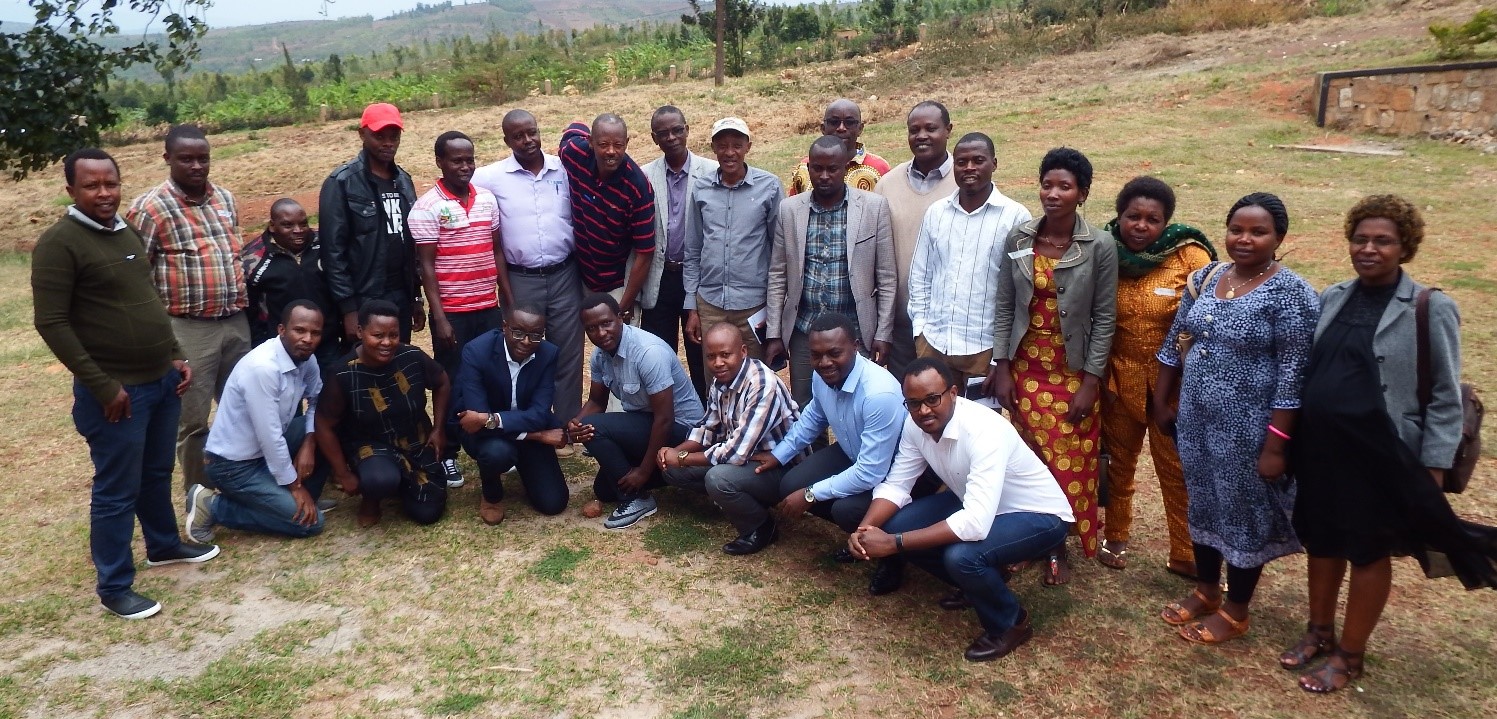
An approach that works
The capacity development model that CDAIS is testing aims to build functional capacities to help individuals, organizations and national platforms involved in agricultural innovation systems to navigate complexity, improve collaboration, reflection and learning, and engagement, that will combine to allow better adaptation and increased innovation. In Rwangingo, this comprised facilitation of meetings between the different groups, establishment of an ‘innovation partnership’, and the implementation of capacity building modules to develop or reinforce competencies identified by group members themselves. And here, this has very clearly succeeded.
And all the different groups have benefitted in different ways. “As water use is now regulated I am now sure about future supply when I plant my rice, I feel more secure” says Omar Mutezimana. And he was clear about the benefits, “Now I have bought a cow as well and pay my children’s school fees without any problem.” More water and improved practices have also led to higher yields explains Damian Maniriho, with average maize yields having increased almost 50% from 3 tonnes per hectare to 4 or 4.5 tonnes, with rice increasing from 5 to 5.5 tonnes a hectare, and we are aiming for 6…

“Our confidence increased after CDAIS negotiation coaching, and thanks to this we have just signed a contract with African Improved Foods that reflects the interests of both sides.” Eugene Kalisa, president of the Rwangingo rice growers’ cooperative
